Tuning toko rotary
Liste des meilleures ventes tuning toko rotary
Dernières offres

Longwy (Meurthe et Moselle)
Caractéristiques Tres bon etat Comme neuf Type colonne Haut-parleur central Puissance en watts 150w a 250w Marque Autres marques Description Type: Enceinte colonne Sensibilité: 93 dB/W/m Impédance nominale: 8 Ohms Impédance minimale: 4 Ohms Réponse en fréquence: 40 Hz - 20 kHz Puissance admissible: 150 Watts Compatible bi-câblage ✓ Poids: 34.0 kg Nombre de Haut-Parleurs : 5 Découplage Compatible Bi-Câblage Puissance efficace (W) : 150 Puissance admissible (W) : 250
700,0 €
Voir le product
4 photos

France (Toutes les villes)
Bonjour, Je mets en vente mon compte PlayStation avec plus de 30 jeux dessus. Il y a plusieurs éditions spéciales (Deluxe, Ultimate, Legendary), des DLC et même des jeux précommandés. Le compte est propre, sécurisé, et je ne l’utiliserai plus. ? Quelques jeux inclus : – Dragon Ball Sparking Zero (Ultimate Edition) – Black Myth Wukong (Deluxe Edition) – Mortal Kombat 1 (Legendary) – Dying Light Enhanced + DLC – The Last of Us Part 1 & 2 – Ghost of Yotei (précommandé) – Far Cry 5 & New Dawn – Oblivion Remastered – Expedition 33 d’autres jeux (la liste complète est dispo en MP) ? Prix : Environ 600 euros ✅ Paiement sécurisé possible via PayPal, Lydia, etc. ?PRIX NEGOCIABLE
600,0 €
Voir le product
2 photos
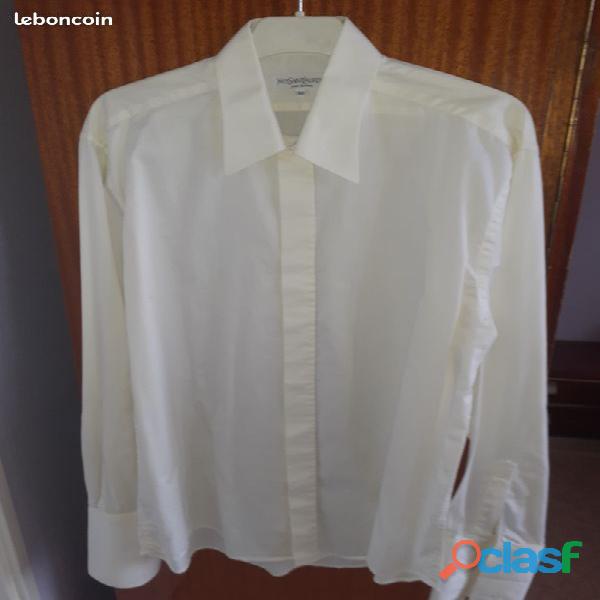
Enghien les Bains (Val D'Oise)
vends 2 chemises de marque Yves Saint Laurent & Burberrery couleur Blanc & Bleu Taille 42 voir photo
20,0 €
Voir le product
2 photos
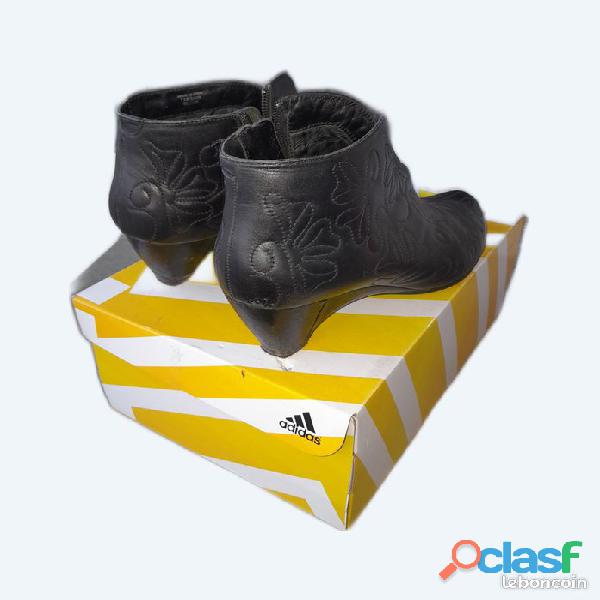
Maisons Alfort (Val de Marne)
vends bottine de femme vintage au bout pointu tout en cuir a talon bas ................................................................
30,0 €
Voir le product
3 photos

France (Toutes les villes)
¿Quieres mejorar tu español? ¡Yo puedo ayudarte! ? Soy hablante nativo de español de España con experiencia ayudando a personas de diferentes países a aprender este hermoso idioma. ¿Qué ofrezco? Clases personalizadas: Adaptadas a tu nivel (principiante, intermedio o avanzado). Conversaciones prácticas: Para mejorar tu fluidez y pronunciación. Gramática y vocabulario: Explicado de manera simple y fácil de entender. Cultura española y latina: Aprende más allá del idioma. ¿Cómo funciona? Clases 100% online (Zoom, Skype o tu plataforma preferida). Horarios flexibles para adaptarme a tu disponibilidad. Materiales y recursos incluidos en cada lección. ¿Por qué elegir mis clases? Paciencia y dedicación: Mi meta es que disfrutes aprendiendo. Experiencia trabajando con estudiantes internacionales. Métodos prácticos y dinámicos. ? ¡Primera clase GRATIS para conocernos! ? Contáctame ahora para más información o reservar tu clase
0,0 €
Voir le product
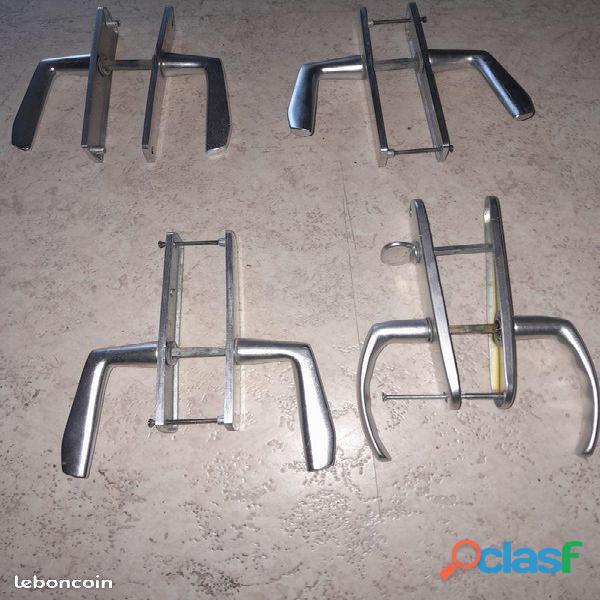
Enghien les Bains (Val D'Oise)
vends lot de 4 poignées peu s'installer a tous types de porte d'intérieur ...............................................................................
0,0 €
Voir le product

Abancourt Nord (Nord)
Hello greetings and how you doing today?. Message this breed he's 100% trusted I got my baby name Kelly from him okay ???? https://www.facebook.com/profile.php?id=61565488883972&mibextid=ZbWKwL
450,0 €
Voir le product
2 photos

Maudétour en Vexin (Val D'Oise)
Ventes promotionnelles iPhone 15, 500eur, iPhone 15 Pro, 700eur, iPhone 14 Pro, 430eur, Samsung S24 5G, 475eur, Samsung S23, 280eur Nous offrons des remises sur les achats en gros et nous avons d'autres téléphones en stock. Les téléphones sont des téléphones portables neufs, 100% originaux avec deux ans de garantie du fabricant et compatibles avec tous les réseaux du monde. Revendeurs et particuliers, contactez-nous par EMAIL : zaydsphonesltd@gmail.com Apple iPhone 15 128GB.......€ 500 euro Apple iPhone 15 256GB ......€ 530 euro Apple iPhone 15 512GB ......€ 630 euro Apple iPhone 15 Plus 128GB .......€ 550 euro Apple iPhone 15 Plus 256GB .......€ 600 euro Apple iPhone 15 Plus 512GB .......€ 630 euro Apple iPhone 15 Pro 128GB .......€ 700 euro Apple iPhone 15 Pro 256GB .......€ 750 euro Apple iPhone 15 Pro 512GB .......€ 830 euro Apple iPhone 15 Pro 1TB............€ 1050 euro Apple iPhone 15 Pro Max 256GB .......€ 800 euro Apple iPhone 15 Pro Max 512GB .......€ 975 euro Apple iPhone 15 Pro Max 1 TB ..........€ 1,230 euro Apple iPhone 14 128GB .......€ 380 euro Apple iPhone 14 256GB .......€ 400 euro Apple iPhone 14 512GB .......€ 430 euro Apple iPhone 14 Plus 128GB .......€ 400 euro Apple iPhone 14 Plus 256GB .......€ 430 euro Apple iPhone 14 Plus 512GB .......€ 500 euro Apple iPhone 14 Pro 128GB .......€ 430 euro Apple iPhone 14 Pro 256GB .......€ 500 euro Apple iPhone 14 Pro 512GB .......€ 600 euro Apple iPhone 14 Pro 1TB ...........€ 700 euro Apple iPhone 14 Pro Max 128GB .......€ 530 euro Apple iPhone 14 Pro Max 256GB .......€ 600 euro Apple iPhone 14 Pro Max 512GB .......€ 630 euro Apple iPhone 14 Pro Max 1TB ..........€ 800 euro Apple iPhone 13 128GB .......€280 euro Apple iPhone 13 256GB .......€ 310 euro Apple iPhone 13 512GB .......€ 400 euro Apple iPhone 13 Pro 128GB .......€ 350 euro Apple iPhone 13 Pro 256GB .......€ 400 euro Apple iPhone 13 Pro 512GB .......€ 500 euro Apple iPhone 13 Pro 1TB ...........€ 600 euro Apple iPhone 13 Pro Max 128GB .......€ 410 euro Apple iPhone 13 Pro Max 256GB .......€ 500 euro Apple iPhone 13 Pro Max 512GB .......€ 600 euro Apple iPhone 13 Pro Max 1TB ............€ 700 euro Samsung Galaxy S24 128GB === € 475 euro Samsung Galaxy S24 256GB === € 500 euro Samsung Galaxy S24 512GB === € 575 euro Samsung Galaxy S24 Plus 256GB === € 530 euro Samsung Galaxy S24 Plus 512GB === € 630 euro Samsung Galaxy S24 Ultra 256GB === € 700 euro Samsung Galaxy S24 Ultra 512GB === € 830 euro Samsung Galaxy S24 Ultra 1TB === € 1190 euro Samsung Galaxy S23 128GB === € 280 euro Samsung Galaxy S23 256GB === € 310 euro Samsung Galaxy S23 512GB === € 380 euro Samsung Galaxy S23 Plus 256GB === € 350 euro Samsung Galaxy S23 Plus 512GB === € 400 euro Samsung Galaxy S23 Ultra 256GB === € 430 euro Samsung Galaxy S23 Ultra 512GB === € 530 euro Samsung Galaxy S23 Ultra 1TB ===== € 630 euro Nous offrons des remises sur les achats en gros et nous avons d'autres téléphones en stock. Commerçants et particuliers, contactez-nous par EMAIL : zaydsphonesltd@gmail.com contactez-nous par EMAIL : zaydsphonesltd@gmail.com
300,0 €
Voir le product
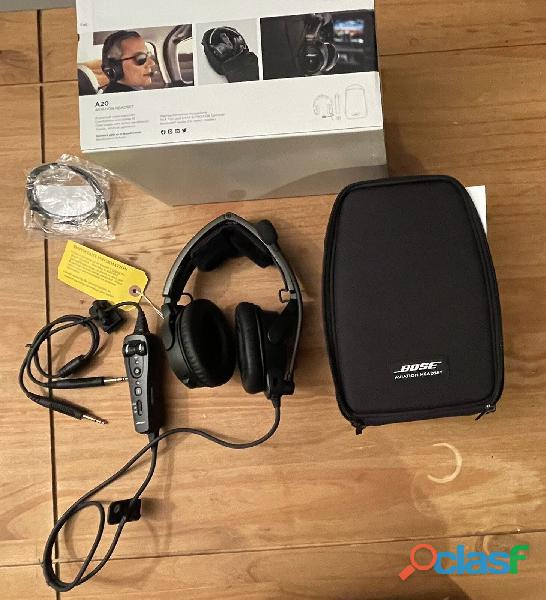
Cognac (Charente)
Casque d'aviation Bose A20 avec double prise pour GA, compatibilité Bluetooth. Livré avec boîte d'origine, étui, manuel et câble auxiliaire 3,5 mm. Utilisation très légère donc très bon état. Je suis réticent à le vendre, mais je ne peux actuellement pas voler, je préfère donc qu'il soit utilisé par quelqu'un qui le peut. Je vendrai d'autres articles d'aviation générale si vous êtes intéressé.
500,0 €
Voir le product
3 photos

France (Toutes les villes)
Vends Toyota Aygo manuelle, modèle 2010 moteur essence avec 139 625 km. Cette voiture compacte est parfaite pour les déplacements urbains grâce à sa consommation réduite et sa maniabilité. Elle est en excellent état, bien entretenue et dispose de toutes les options modernes pour le confort et la sécurité de conduite. Idéale pour ceux qui recherchent une voiture fiable et économique. Vendue avec 2 jeux de clés et 2 jeux de pneus.
1.200,0 €
Voir le product
5 photos

France (Toutes les villes)
Bonjour, Je recherche une platine Scott PS-77 ou PS-87. Merci de votre attention. Bien cordialement. Pascal
100,0 €
Voir le product

France (Toutes les villes)
Comment faire enlever ses encombrants à LYON ? Comment faire débarrasser un appartement gratuitement à Lyon tel : 06. 08. 14. 09. 44 David, Faire débarrasser un appartement à Lyon gratuitement tel : 06. 08. 14. 09. 44 David, Trouver une entreprise pour débarrasser un appartement à Lyon gratuitement tel : 06. 08. 14. 09. 44 David, Faire débarrasser un appartement à Lyon combien ça coûte tel : 06. 08. 14. 09. 44 David, Comment vider une maison à Lyon gratuitement tel : 06. 08. 14. 09. 44 David, Comment Vider un appartement gratuitement à Lyon tel : 06. 08. 14. 09. 44 David, Faire Débarrasser des encombrant à lyon 0608140944 faire débarrasser un appartement à Lyon Débarras, cave, garage gratuit Faire vider sa maison gratuitement tel : 06. 08. 14. 09. 44 David, À qui s’adresser pour faire débarrasser un appartement à Lyon tel : 06. 08. 14. 09. 44 David, Trouver une adresse pour faire débarrasser un appartement gratuitement à Lyon tel : 06. 08. 14. 09. 44 David, Qui peux débarrasser un appartement gratuitement à Lyon tel : 06. 08. 14. 09. 44 David, Comment doit-on procéder pour débarrasser un appartement à Lyon tel : 06. 08. 14. 09. 44 David, Ce débarrasser des meubles gratuitement sur Lyon tel : 06. 08. 14. 09. 44 David, Comment faire débarrasser un appartement gratuitement après un décès à Lyon tel : 06. 08. 14. 09. 44 David, J’ai besoin de faire débarrasser mon appartement à Lyon gratuitement tel : 06. 08. 14. 09. 44 David Débarras Déchetterie Lyon 69001 Gratuit DEBARRAS des encombrants 0608140944 Trier, jeter, se débarrasser des encombrants gratuit à Lyon Débarras 0608140944 DEBARRAS GRATUIT APPARTEMENT Débarras sur Lyon locaux et appartements 7 jours/7 Que faire de ses encombrants et de ses Déchets d’encombrant, Débarras Lyon0608140944 Débarras des encombrants - Régie de quartier LYON Débarras 0608140944 Encombrants déménagement débarrasser - Déménager, Débarras LYON 0608140944
Gratuit
Voir le product
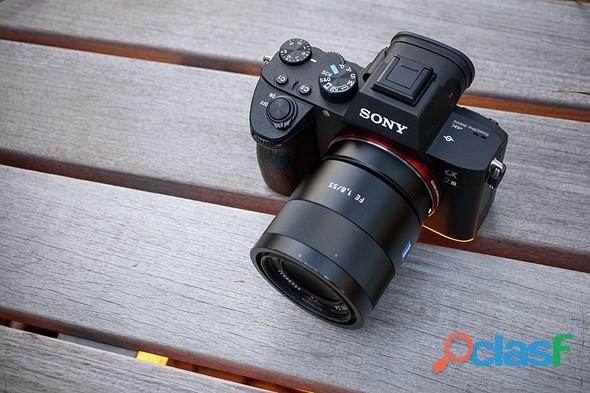
Beaumont de Lomagne (Tarn et Garonne)
Why buy from us? Your privacy is assured. Secure transaction guaranteed and We offer 90 days return policy and 100% money back guarantee. CONTACT STORE: DXM CAMERA STORE WHATSAPP CHAT : +447490077836 EMAIL ;Kobyrohu51@gmail.com Contact Name: Koby Rohu ================================== Sony FX30 Cinema Camera with Lens cost $2000 USD Sony FX3 Cinema Camera with Lens cost $2500 USD Sony A7 III Mirrorless Camera with Lens cost $1900 USD Sony Z190 4K 3-CMOS Sensor XDCAM Camcorder cost $3000 Sony a7R V Mirrorless Camera with Lens cost $2500 USD Sony a7 IV Mirrorless Camera with Lens $1800 USD Sony FX6 Digital Cinema Camera with Lens cost $5000 USD Sony A6100 Mirrorless Camera with Lens cost $1200 USD Sony PXW-X70 Compact Cameras with Lens cost $2000 USD Nikon ZF Digital SLR Camera with Lens cost $1850 USD Nikon Z9 Digital SLR Camera with Lens cost $4000 USD Nikon Z8 Digital SLR Camera with Lens cost $3000 USD Nikon Z 7ii Digital SLR Camera with Lens cost $2500 USD Nikon D6 Digital SLR Camera with Lens cost $4000 USD Nikon Z6 III Digital SLR Camera with Lens cost $1800 USD Nikon Z6 II Digital SLR Camera with Lens cost $1400 USD Nikon Z5 Digital SLR Camera with Lens cost $1500 USD Nikon Z50 III Digital SLR Camera with Lens cost $1500 USD Nikon Z50 Digital SLR Camera with Lens cost $1200 USD Canon 5D Mark IV with Lens cost $1500 Canon 5D Mark III with Lens cost $1200 Canon 5D Mark II with Lens cost $900 Canon 6D Mark III with Lens cost $950 Canon XF605 UHD 4K HDR with Lens cost $1000 Canon XA70 UHD 4K30 with Lens cost $ 1200 Canon XA60 Professional UHD 4K Camcorder cost $1300
2.000,0 €
Voir le product
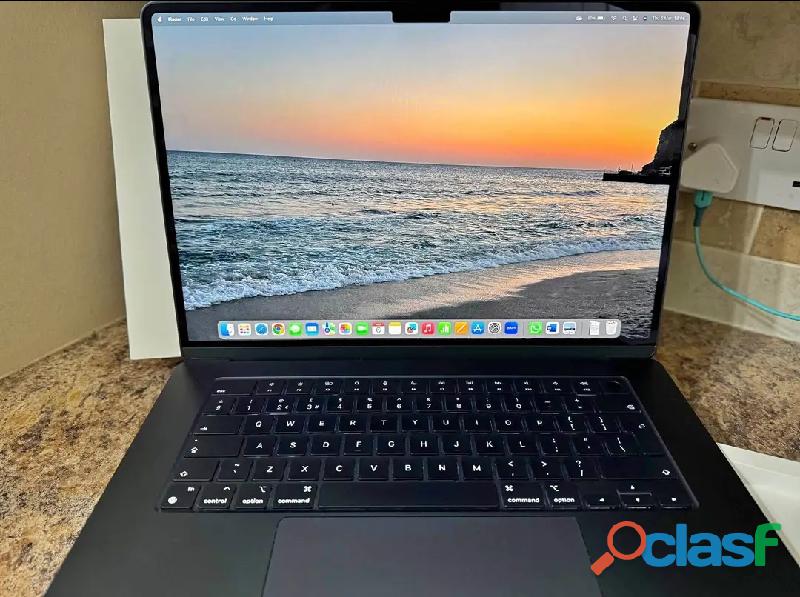
France (Toutes les villes)
? MacBook Air 2024 M3 | 512GB SSD | 24GB RAM | Ultra Powerful ? ? Model: MacBook Air 2024 – M3 chip – 512GB SSD – 24GB RAM ? Condition: Perfect, like new, meticulously maintained ? Display: 13.6" Liquid Retina – Vibrant colors & exceptional sharpness ? Performance: Apple M3 chip – Extremely fast, no lag ? Battery life: Up to 18 hours – Perfect for a full day ? Design: Ultra-thin & light – Elegant, robust, and quiet ? Includes: Original box, charger, complete accessories ? Price: €834 (No bargaining – Serious buyers only) ? Hand-picked or secure shipping ? ? Rare offer! Contact me before it sells!
834,0 €
Voir le product
6 photos

Ouistreham (Calvados)
Montre Buren Super Slender avec mouvement 1001 micro rotor numéro 774501 Fonctionne parfaitement Dans l'état
500,0 €
Voir le product
2 photos
